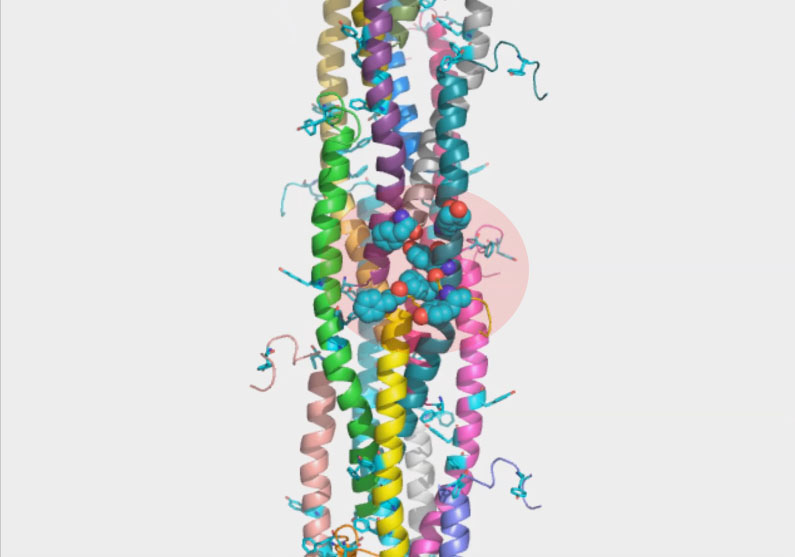Bio-electronic device can produce electricity using nothing but humidity

Enlarge / The structure of some of the protein wires used by bacteria. (credit: Pacific Northwest National Lab)
There's a huge variety of ways that we can potentially generate all the power we need for tiny medical sensors or other devices with minimal power needs. But there's often a big gap between those sorts of use cases and something that could, say, charge your phone as you walk around wearing a sweater. The electricity-producing devices either don't scale up or start off at such low power levels that you'd need a couple of tents to power a phone.
But today, Nature released a paper that describes a device the authors say should be able to work, providing power for medical sensors on the low end and scaling up to compete with solar panels on the high end. And all the device needs to produce power is ambient humidity. Better yet, the potential for developing the device was accidentally discovered by a grad student who was looking to do something else entirely.
A jolt of low-voltage serendipityA surprising amount of scientific discovery is driven by annoyance. The Cosmic Microwave Background was famously discovered by people working on a microwave receiver who couldn't get rid of an irritating source of noise-even after trying to clean out all the pigeon guano from the hardware. In the case of the recent work, a graduate student named Xiaomeng Liu was trying to work with some fiber-like proteins made by bacteria. In many species, these sub-microscopic fibers are good conductors, and a number of labs study their properties and those of the bacteria that produce them.
Read 13 remaining paragraphs | Comments